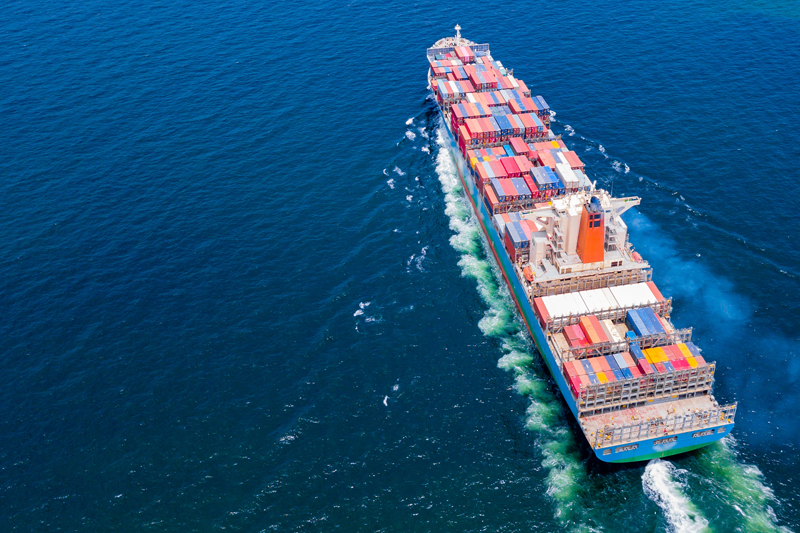Discover key takeaways and insights from our recent webinar on the Red Sea situation and its implications for global trade.
Understanding the Red Sea Situation
During the webinar, our panelists provided a comprehensive overview of the current situation in the Red Sea from their decades of experience navigating ocean shipping. We discussed the various factors contributing to the tension in the region and the potential consequences for global trade. They also offered advice for dealing with this situation and preparing for additional challenges that could potentially be ahead.
Key Discussion Points from the Webinar
Throughout the webinar, we covered several key discussion points. Here are a few of the top takeaways from the discussion.
- The situation in the Red Sea is changing rapidly. Each day the events determine how the future of ocean shipping could change.
- Ocean carriers have adapted their fleet routing to avoid the Red Sea and the Bab al-Mandeb Strait. The alternate route around the Cape of Good Hope has added 12 – 15 days transit time, resulted in higher labor, fuel and insurance costs, and created uncertainty in service schedules.
- The longer the situation in the Red Sea continues, the more the risk factor for shippers increases. For example, since the waters around the Cape of Good Hope during the winter months are among the least navigable waters in the world, this could result in shippers seeing a further reduction in capacity. There are potential long-term consequences if the situation escalates and impacts regional stability.
Additionally, we explored the measures that businesses can take to adapt their supply chains and minimize the risks associated with the Red Sea situation.
Expert Analysis and Recommendations
Our panel of experts provided valuable analysis and recommendations during the webinar.
What can shippers do to mitigate the risks?
- One recommendation was to “Stress Test” supply chains and identify the inventory parts or products that must be kept on hand to keep a business running. Once identified, companies must also work with the suppliers of these critical items to identify risks and threats that could affect their ability to meet their imperatives.
- Another tip was to utilize scenario planning to determine how current or future events could impact their supply chains. For example, determining the impact of the drought affecting the Panama Canal that could severely restrict capacity. During this process, companies should look at both the potential threats and determine the potential alternatives to protect supply chains.
- Communication is key. Shippers could benefit from proactively and continuously communicating with their ocean carriers and forwarders as they will be making capacity impacting decisions on a day-to-day basis to address volatility issues.
Additionally, by staying informed and proactive, businesses can better adapt to the evolving situation and ensure the resilience of their supply chains.
Watch the Webinar On Demand
If you’d like to view the recording of the webinar, you can find it here.


